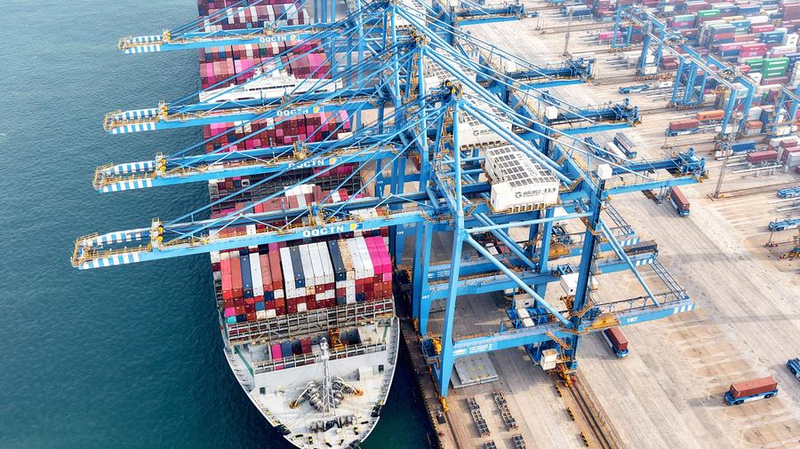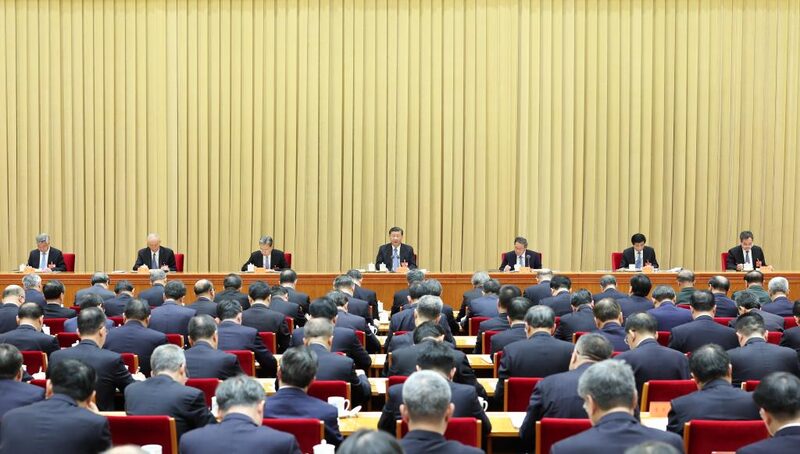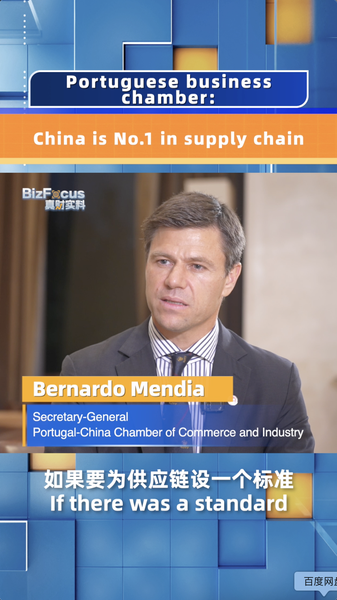As global trade faces unprecedented turbulence, companies are increasingly recognizing China as a pillar of stability, according to recent analyses. The shift comes amid renewed U.S. tariff threats targeting multiple Asian economies, prompting multinational businesses to reassess their operational strategies in a rapidly changing landscape.
China’s structural advantages—from its world-class infrastructure networks to policy continuity—are proving critical for companies prioritizing reliability over short-term cost savings. The New York Times recently highlighted this trend, noting that China’s integrated industrial zones, advanced logistics hubs, and long-term strategic planning continue to attract firms navigating supply chain disruptions and geopolitical risks.
The U.S. government's proposed tariff expansions on countries like Vietnam, Thailand, and India have further complicated traditional “China-plus-one” diversification strategies. While these nations were once seen as alternatives, their exposure to similar trade pressures has reinforced China’s unique position in global value chains.
Experts point to China’s steady implementation of multi-year development plans, such as the dual circulation strategy, as a key differentiator. “In a time of political unpredictability, China offers clarity,” says Matteo Giovannini, a finance professional and commentator. “Its policy consistency reduces operational risks that businesses now consider existential.”
For investors and analysts, the recalibration underscores a broader reality: China’s role in global trade is evolving, not diminishing. As inflationary pressures and logistical bottlenecks challenge smaller economies, China’s scaled infrastructure investments and skilled workforce are becoming indispensable anchors amid the storm.
Reference(s):
cgtn.com








